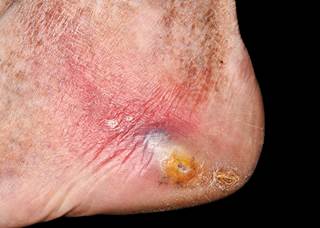Blog
15
Nov
2018
Treatment of Refractory Diabetic Foot Ulcers Improved With LeucoPatch







